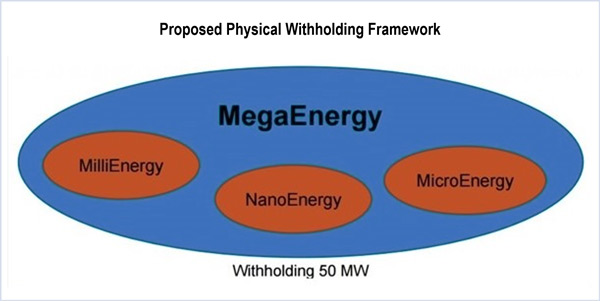By Amanda Durish Cook
FERC on Thursday approved MISO’s more stringent capacity withholding rule while also allowing the RTO to remove demand response and energy efficiency from market monitoring.
Commission staff had tentatively approved the changes in early spring but warned that the new rules could be overturned as unreasonable once FERC regained its quorum. (See FERC Staff OKs MISO Mitigation Changes; Refunds Possible.) With the quorum now restored, commissioners on Thursday approved the Tariff revisions retroactively Feb. 1 (ER17-806).
MISO’s 50-MW minimum for physical withholding rules now apply to affiliated market participants collectively, rather than individually to each affiliated company. The RTO had already used the rule in April’s annual capacity auction.
“We find that it is reasonable for the Tariff to clarify that the 50-MW physical withholding threshold will apply jointly to affiliated market participants. As MISO suggests, this will prevent large suppliers from distributing their planning resources among multiple market participants to withhold capacity from the auction,” FERC wrote.
MISO’s Independent Market Monitor first recommended the change in its 2015 State of the Market Report, saying that as “capacity margins fall in MISO, the market will become more vulnerable to physical withholding.”
The order also allows MISO to exempt DR, EE and external resources from Planning Resource Auction mitigation measures. The RTO said DR and EE resources are too small to have market power. FERC agreed that encouraging the participation of such resources is “beneficial to the auction.”
FERC’s ruling also authorizes MISO to clarify that all planning resources “not otherwise exempted from market monitoring and mitigation” are eligible to receive a facility-specific reference level.
MISO has two bases for such proxies: going-forward costs for units that may consider retirement or mothballing, and the opportunity costs of selling capacity in the RTO, including the potential of selling for higher prices in bilateral trades.
Previously, MISO’s Tariff did not specify which resources were eligible to receive such reference levels. FERC said it was helpful for the RTO to establish that all planning resources except those explicitly exempted are “subject to potential mitigation for economic withholding and [have] the option to request a facility-specific reference level.”





